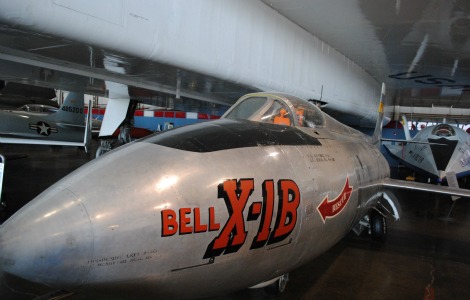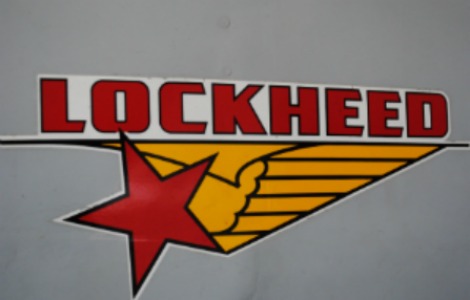Hidden Treasures
Exploring the National Museum of the U.S. Air Force
The best thing about doing temporary duty at Wright Patterson Air Force Base in Ohio is the opportunity to tour the National Museum of the U.S. Air Force, the largest aviation collection in the world. With eight galleries housing more than 360 aircraft, missiles, and spacecraft, plus an air park and at least 20 other specialized exhibits, spending several days touring the hangars is a must-do for any aviation enthusiast.
There’s one gallery that, for me, is simply the best. It’s not even part of the main complex, but is on Wright Patterson proper: the Research and Development gallery. It’s accessible only by shuttle bus from the museum (unless you have a military ID and can enter the base directly). In this relatively small space is an amazing tangle of oddities, one-off test aircraft, and a starring lineup from the heyday of experimental flight.
There’s no fancy lobby or sales pitch about donating to the museum. Neither are there interactive displays, IMAX movies, or a gift shop. Enter the modest glassed-in entryway about the size of a dentist’s waiting room, and unfailingly polite, blue-jacketed volunteers will gesture to the hangar’s door. And you’re in.
Show up on a late afternoon weekday, and you may have the place to yourself — free to weave your way between a North American X-15, the sole remaining swing-wing Bell X-5, which was based on the captured Messerschmitt P.1101, and the pre-area rule XF-92A, which resulted in the F-102 and ultimately the F-106. The planes are jammed together with overlapping wings and noses pointing every which-way — as if a thrift shop keeper arranged them — and you’ll find yourself awestruck at seeing the X-1B, then suddenly gawking at the ungainly Republic XF-91 Thunderceptor with its reverse taper wings. Overhead, like a protective raptor guarding a nest, looms the only remaining XB-70 Valkyrie, a Mach-3 bomber perhaps best known for the fiery crash that claimed Joe Walker, whose F-104 collided with the second test ship in 1966.
Other faves: The North American F-107A , with its unusual dorsal intakes, is considered by some to be one of the best fighters never built. Intended as a fighter-bomber version of the F-100, it featured a recessed weapons bay and all-moving vertical stabilizer. Then there’s the hot rod: the Lockheed P-80R, a postwar attempt to reclaim the world’s absolute speed record from the Gloster Meteor. The -80R featured a smaller canopy, modified air intakes, and shorter wing. Armament was removed and a fuel tank put in its place. Colonel Albert Boyd, who would become the first commander of the Air Force Flight Test Center at Edwards Air Force Base, set a new world’s speed record of 623 mph in the P-80R in June 1947. The P-80R is a treat, with a slick gloss gray skin and its vintage Lockheed logo on the nose.
If you’ve got time, step next door to another amazing collection: the Presidential Airlift gallery, that features the VC-137C on which President Lyndon Johnson took the oath of office after President Kennedy’s assassination. Also of note is the first purpose-built presidential transport, the VC-54C on which President Roosevelt flew to the 1945 Yalta Conference.
Want to visit the Research and Development gallery? It’s easy, even if you don’t have a military ID.
/https://tf-cmsv2-smithsonianmag-media.s3.amazonaws.com/accounts/headshot/Sotham_photo.jpg)


/https://tf-cmsv2-smithsonianmag-media.s3.amazonaws.com/accounts/headshot/Sotham_photo.jpg)